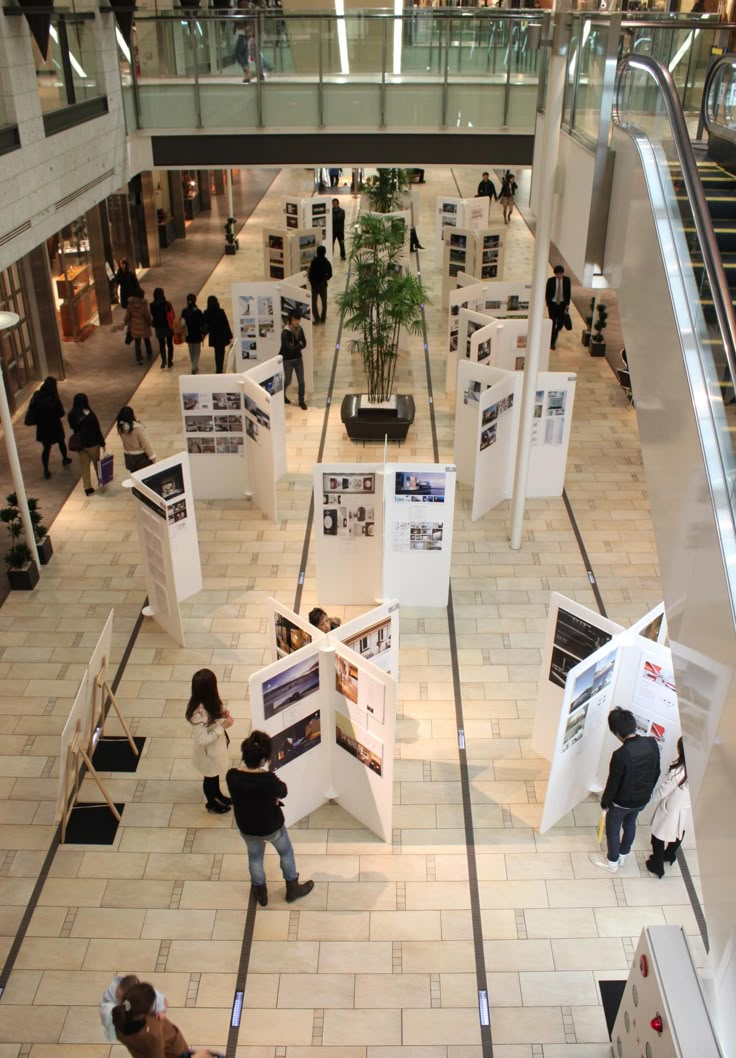Art lives twice: once in the mind of the creator, and again in the eyes of the viewer. Exhibitions are the bridge that completes this cycle—they give art a stage, a voice, and an audience. Whether in grand museum halls, cozy local galleries, public streets, or virtual walls, exhibitions shape how art is seen, understood, and remembered.
In the fast-paced, screen-dominated world we live in, art exhibitions offer a moment of pause, a space for reflection, and a chance to experience creativity in its most immediate, tangible form.
What is an Art Exhibition?
An art exhibition is a curated display of artworks presented to an audience for the purpose of sharing, celebrating, and exploring creative expression. Exhibitions can be:
- Solo or group shows
- Thematic or open-ended
- Permanent or temporary
- Physical or digital
Exhibitions are not just about presentation; they are about interpretation and interaction. Every layout, light, label, and wall color contributes to the story being told.
A Brief History of Art Exhibitions
From ancient temple frescoes to the salons of Renaissance Europe, art has always been shared in communal spaces. But the modern idea of the exhibition has evolved over centuries:
- 17th Century: Royal academies in Europe host public showings of member artworks.
- 18th-19th Century: Art salons in Paris become cultural battlegrounds for tradition and innovation.
- 20th Century: Independent galleries and artist-run spaces challenge museum norms.
- 21st Century: Digital exhibitions emerge, making art more accessible than ever before.
Types of Art Exhibitions
1. Solo Exhibition
- Focused on one artist’s body of work
- Offers deep insight into their style, journey, and message
2. Group Exhibition
- Features works by multiple artists
- Can follow a theme or be curated to showcase variety
3. Retrospective
- Traces the career of a single artist over time
- Includes early works, breakthroughs, and latest creations
4. Thematic Exhibition
- Centered on a particular idea, subject, or question
- Artists are chosen for their engagement with the theme
5. Juried Exhibition
- Artists submit works for selection by a panel of experts
- Often used in competitions or festivals
6. Online or Virtual Exhibition
- Hosted on websites, social media, or 3D platforms
- Expands reach beyond geographical limits
Why Art Exhibitions Matter
- Contextualize Art: Help viewers understand the intention, history, and relevance behind a piece.
- Democratize Access: Public galleries and digital platforms make art available to diverse audiences.
- Create Dialogue: Exhibitions open conversations between artist, curator, and viewer.
- Support Artists: Visibility, networking, and potential sales all arise from exhibitions.
- Celebrate Culture: Reflect local, global, historical, and contemporary identities.
The Role of the Curator
Behind every great exhibition is a curator who acts as a storyteller, editor, and designer. Curators:
- Select artworks with intention and narrative flow
- Design the spatial layout for optimal engagement
- Write wall texts and catalogs to guide interpretation
- Collaborate with artists and institutions
Curating is an art form in itself—a careful choreography of creativity and communication.
Notable Art Exhibitions in History
- The Armory Show (1913, NYC): Introduced modern European art to America.
- documenta (since 1955, Kassel): International contemporary art event held every five years.
- Venice Biennale (since 1895): One of the oldest and most prestigious global art exhibitions.
- Sensations (1997, London/NYC): Showcased Young British Artists like Damien Hirst and sparked public debate.
Exhibitions in the Digital Age
With technology, exhibitions are now:
- 3D & VR Experiences: Walk through a virtual gallery from anywhere
- Interactive: Clickable texts, videos, and soundscapes
- Socially Integrated: Shareable on Instagram, Pinterest, or blog platforms
Digital art exhibitions allow creators to innovate, remix, and reach global audiences while preserving access.
How to Curate or Host an Exhibition
- Choose a theme or purpose
- Select artworks (own, invite artists, or collaborate)
- Find a space — gallery, cafe, pop-up, online
- Plan layout and lighting
- Create labels, descriptions, and a catalog
- Promote on social media and press
- Engage visitors with tours, talks, or interactive elements
Tips for Visiting Exhibitions
- Take your time with each piece
- Read the curator’s notes
- Ask questions if guided tours are offered
- Use headphones or silence to reflect
- Support artists by sharing their work or purchasing when possible
Final Thought
An art exhibition is more than a display—it’s a celebration of ideas, stories, and visions made visible. Whether you’re an artist, curator, or simply a curious soul, exhibitions invite you to explore new perspectives and find meaning beyond the ordinary.
“Art doesn’t just exist in silence. It speaks—and exhibitions give it a voice.”
So walk through a gallery, scroll through a digital showcase, or create your own corner of expression. Art is waiting to be seen, and you are part of the conversation.

Leave a Reply